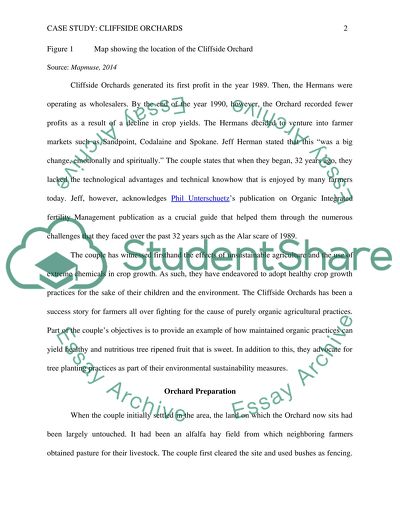Cite this document
(“Cliffside Orchards Case Study Example | Topics and Well Written Essays - 2500 words”, n.d.)
Cliffside Orchards Case Study Example | Topics and Well Written Essays - 2500 words. Retrieved from https://studentshare.org/agriculture/1639881-cliffside-orchards
Cliffside Orchards Case Study Example | Topics and Well Written Essays - 2500 words. Retrieved from https://studentshare.org/agriculture/1639881-cliffside-orchards
(Cliffside Orchards Case Study Example | Topics and Well Written Essays - 2500 Words)
Cliffside Orchards Case Study Example | Topics and Well Written Essays - 2500 Words. https://studentshare.org/agriculture/1639881-cliffside-orchards.
Cliffside Orchards Case Study Example | Topics and Well Written Essays - 2500 Words. https://studentshare.org/agriculture/1639881-cliffside-orchards.
“Cliffside Orchards Case Study Example | Topics and Well Written Essays - 2500 Words”, n.d. https://studentshare.org/agriculture/1639881-cliffside-orchards.


